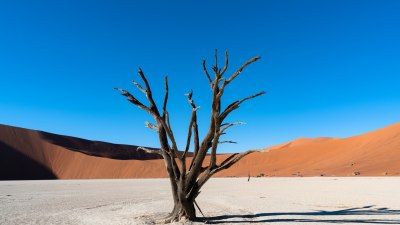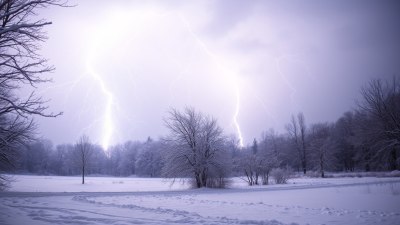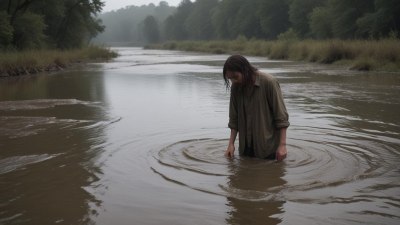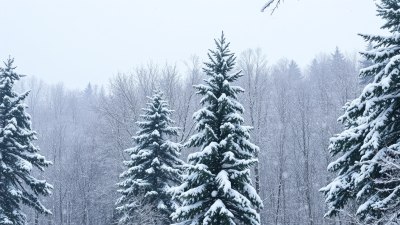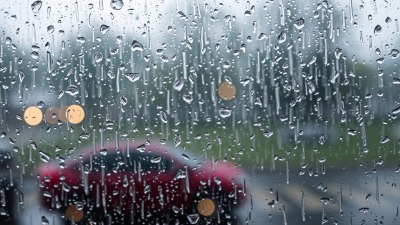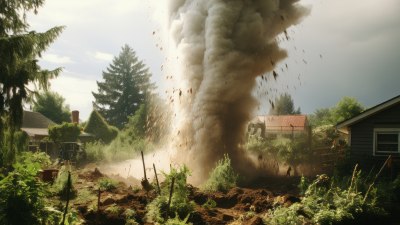What Happens When You Chase Weather Instead of Destinations
Explore the immersive experience of chasing weather and the unique journeys it brings.
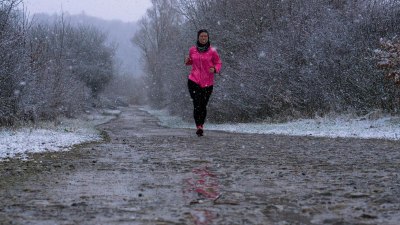
Traveling is often defined by the destinations we choose to visit. However, some enthusiastic adventurers take a different approach: they chase the weather. Rather than pinning down a specific location on a map, they follow the whims of atmospheric phenomena, embracing the dynamic nature of climate and environment. This article delves into the captivating world of weather chasing, the experiences it offers, and the insights it can bring.
The Allure of Weather Chasing
Weather chasing aggregates the appeal of adventure, nature, and photography. The very thought of standing amidst powerful tornadoes, mesmerized by majestic lightning storms, or witnessing the ethereal beauty of Northern Lights can ignite a sense of wanderlust. Chasers are often drawn to these natural spectacles because they are fleeting and unpredictable, each event presenting a new opportunity for discovery. For many, the thrill lies not in the destination but in the journey itself.
What Drives Weather Chasers?
To understand what compels individuals to become weather chasers, it's essential to reflect on the underlying motivations. The thrill of uncertainty, the quest for knowledge, and a deep-seated appreciation for the natural world often drive these adventurers. The science of meteorology melds with the art of travel, culminating in an experience that transcends traditional tourism. Each chase offers both the excitement of unpredictability and the solace of connecting with the rhythms of nature.
Types of Weather Chasing
Weather chasers explore a wide variety of atmospheric phenomena. Some of the most common include:
- Storm Chasing: Perhaps the most iconic form, storm chasing involves pursuing severe weather events such as thunderstorms, tornadoes, and hailstorms. Chasers often utilize radar and meteorological data to track storms in real-time, seeking the safest vantage points to observe and document their awe-inspiring power.
- Chasing snowstorms: Winter weather enthusiasts might seek out heavy snowfall or blizzards. The thrill of deep snow through picturesque landscapes offers unique photographic opportunities and an experience distinct from summer storms.
- Hurricane Chasing: Although dangerous, some intrepid adventurers pursue hurricanes for extreme weather observation and to understand the dynamics of these powerful storms. They often have training in safety measures and emergency protocols.
- Photography of Lightning: The dance of lightning across the sky creates a captivating challenge for photographers. Chasing storms with a camera ready can yield stunning imagery that captures nature's raw energy.
- Aurora Borealis Chasing: Many travel to regions closer to the Arctic to witness the Northern Lights, one of nature's most beautiful phenomena. The act of waiting for the right conditions to align, only to have a magical display reward those patient enough to chase after it, is an enchanting experience.
Experiences of a Weather Chaser
The experiences encountered while chasing weather can be diverse and profound. Chasers might find themselves standing in the midst of a tornado's path, heart racing, as they capture rare footage of mother nature in her fierce glory. Alternatively, they might seek shelter during a sudden rainfall, bonding with fellow chasers over shared excitement and concern. Each moment weather chasers live through is permeated with an appreciation for the unpredictable journey of life.
The Science Behind the Chase
Weather chasing is not merely about impulse; it is rooted in scientific principles. Chasers often have a good understanding of meteorology, using weather models and forecasts to plan their expeditions. They monitor alerts issued by meteorological organizations and rely on various technologies, including mobile apps and specialized radar equipment, to improve their chances of observing significant weather events.
Community and Collaboration
One of the most fulfilling aspects of weather chasing is the sense of community it fosters among enthusiasts. Many chasers connect through social media platforms, sharing tips, tricks, and experiences. Online forums and groups create a hub for knowledge exchange, where members can discuss meteorological conditions, share stunning visuals from their expeditions, and provide support during unpredictable chase scenarios. Collaboration often extends beyond digital spaces as chasers embark on joint adventures and form lasting friendships through shared experiences.
The Risks of Chasing Weather
Despite the exhilarating encounters and breathtaking sights, weather chasing carries inherent dangers. Safety must be paramount as powerful storms can pose significant threats. Chasers are at risk of being caught in severe conditions, including flooding, high winds, and lightning strikes. It is crucial for individuals engaged in this pursuit to take necessary precautions, including being well-informed about the weather they are attempting to interact with and taking measures to ensure their safety and the safety of others.
Impact on Local Communities
Weather chasers can have varying effects on the communities they engage with. For some towns, an influx of storm chasers can bring beneficial tourism and generate excitement. However, there are also negative consequences, such as disruption during severe weather events and strained local resources. It is essential for chasers to practice respectful interactions with local residents, considering their needs and boundaries while pursuing their passion.
The Role of Technology
Advancements in technology have significantly impacted the way weather chasers operate. Access to real-time data has improved safety and planning, allowing chasers to obtain up-to-the-minute information about storms and weather conditions. Drones, for instance, provide unique aerial perspectives on severe weather, enabling chasers to gather information safely without putting themselves or others at risk. Social media also plays a vital role, with chasers now able to share live updates and images, creating a shared experience and informing fellow enthusiasts about potentially dangerous situations.
Weather Chasing as an Educational Opportunity
Weather chasing benefits not only the individuals engaged in it but also serves as an opportunity for educational outreach. As chasers document severe weather and share their experiences, they often contribute to the public’s understanding of meteorology and climate change. Through engaging storytelling, videos, and articles, they can help demystify the complexities of weather patterns and highlight the importance of preparedness, resilience, and response during extreme events.
Personal Growth Through Chasing Adventures
For many, weather chasing goes beyond mere thrills; it embodies a path to personal growth. The uncertainty of nature mirrors life's unpredictability, teaching individuals the importance of adaptability, patience, and resilience. Through these experiences, chasers often develop a deeper respect for the planet and its cycles, fostering a sense of responsibility and stewardship towards the Earth and an understanding of the delicate balance between humanity and nature.
The Evolving Journey
Chasing weather instead of destinations presents a unique and captivating experience. Adventurers dive deep into the heart of meteorological phenomena, gaining insights into both nature and themselves. As they pursue the wonders of the natural world, they connect with like-minded communities, embrace the thrill of uncertainty, and cultivate a richer understanding of the environment. Ultimately, chasing weather transcends the conventional boundaries of travel, inviting explorers to immerse themselves in the powerful beauty of nature's forces.
